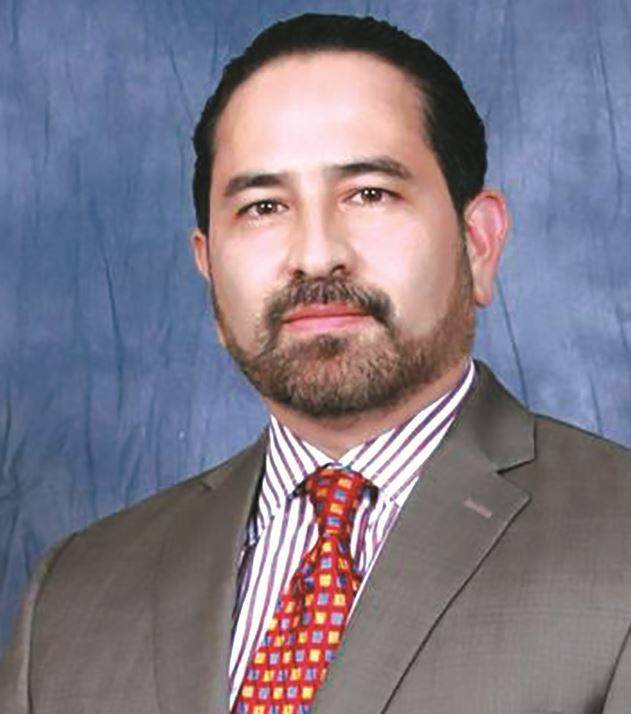911: “9-1-1, state your emergency.”
Caller: “Help! We need an ambulance — fast!”
911: “Please hold. We do too.”
Caller: “What?”
That is what happened recently as the Pharr Fire Department found it too costly to continue Emergency Medical Service to other cities and rural Hidalgo County. Ignis fatuus (foolish fire, or deception) in retrospect, but certainly laudable.
So grab a uniform, here’s your badge, you are now fire chief. Find us a way to get to the emergency room — stat.
Where do you begin? Let’s look at the customer base. Are callers in a metro area or spread throughout suburbs? Maybe some are in rural areas like Sullivan City; then what?
Responding to calls for about 1,500 people in a one-mile radius in metro Brownville is faster and cheaper that 100 people in rural Rangerville. Call volume matters.
What is the customer payer mix? EMS calls are billed to insurance companies, Medicare, Medicaid, private pay or are just uninsured. Folks in stately homes along Progreso Lakes are more likely to have insurance than folks in Laguna Heights. That affects revenues and therefore sustainability.
Only after understanding market size and composition can you identify the right vehicle to get you to the ER. Ambulances run from the top-of-the-line Type 1 (diesel truck, The Box) costing more than $200,000 to the more affordable Type 2 (van) costing $125,000. Then, do you want to equip it to function at the most advanced level — a mobile intensive care unit, or is basic life support good enough? The MICU will require more expensive lifesaving drugs, equipment and handling protocols. Finally, a MICU also requires paramedics, the highest-trained emergency medical technicians. Or can you manage with EMT basic certification?
Well all right, all right, all right. You got the right box, the right tools and the right team. So how do you pay for the trip to the ER? The Rio Grande Valley has four service delivery options. McAllen, Edinburg and Mission have opted for private EMS companies that compete for the most lucrative markets — with public subsidies. Harlingen and surrounding cities have relied on a not-for-profit corporation, South Texas Emergency Care Foundation, since 1979. Brownsville and Weslaco have used the third model: municipally owned and operated ambulance service.
Municipal EMS expanded recently when Palmview inaugurated its service in 2018, followed by Mercedes (2019), Pharr (2021) and Mission (2022). Finally, out west, Starr County families do not wait for the cavalry to come to the rescue. Rather, they take a few dollars from their pockets to fund the Valley’s only public hospital district. Starr County Memorial Hospital has dispatched ambulances to all parts of the county – urban, suburban and rural — since 1975.
So which delivery model is best, Chief? It depends. Metro areas have high call volumes that allow them to choose private, public or non-profit delivery options. Not so rural areas like La Joya. If La Joya were large enough and highly insured, several profit-motivated companies would vie for the business. Nothing wrong with this. America is a capitalist economy. But, La Joya is a classic case of market failure. Call volumes in this market are too low and the payer mix is highly uninsured. This is the quintessential place where government steps in to provide a basic public service. La Joya took delivery of its first ambulance this month and, after completing other protocols, will begin running its own EMS in a few months.
Good work, Chief, but you left something on the table. By hiring firefighters who are dual-certified as firefighter/EMT, you are able to save tax dollars by not having to pay municipal firefighters, then pay additional private subsidies for EMTs. This makes sense since about two-thirds of all calls are for fire/EMS and a scant 5%-10% are strictly fire suppression calls. Now, every 9-1-1 call — urban, suburban or rural — will get you quickly and economically to the ER.
Leonardo Olivares is La Joya city manager and helped initiate the Palmview EMS in 2018.



